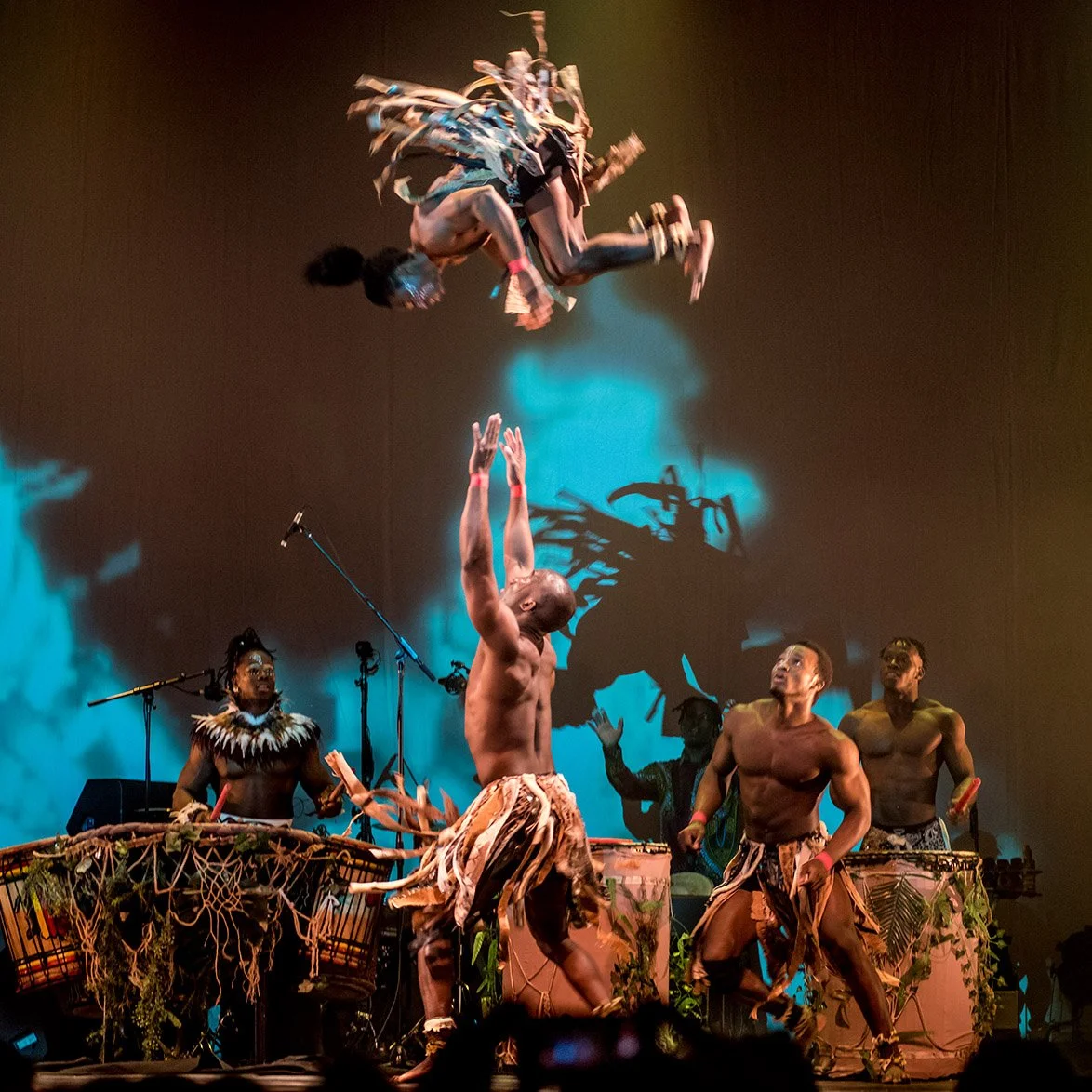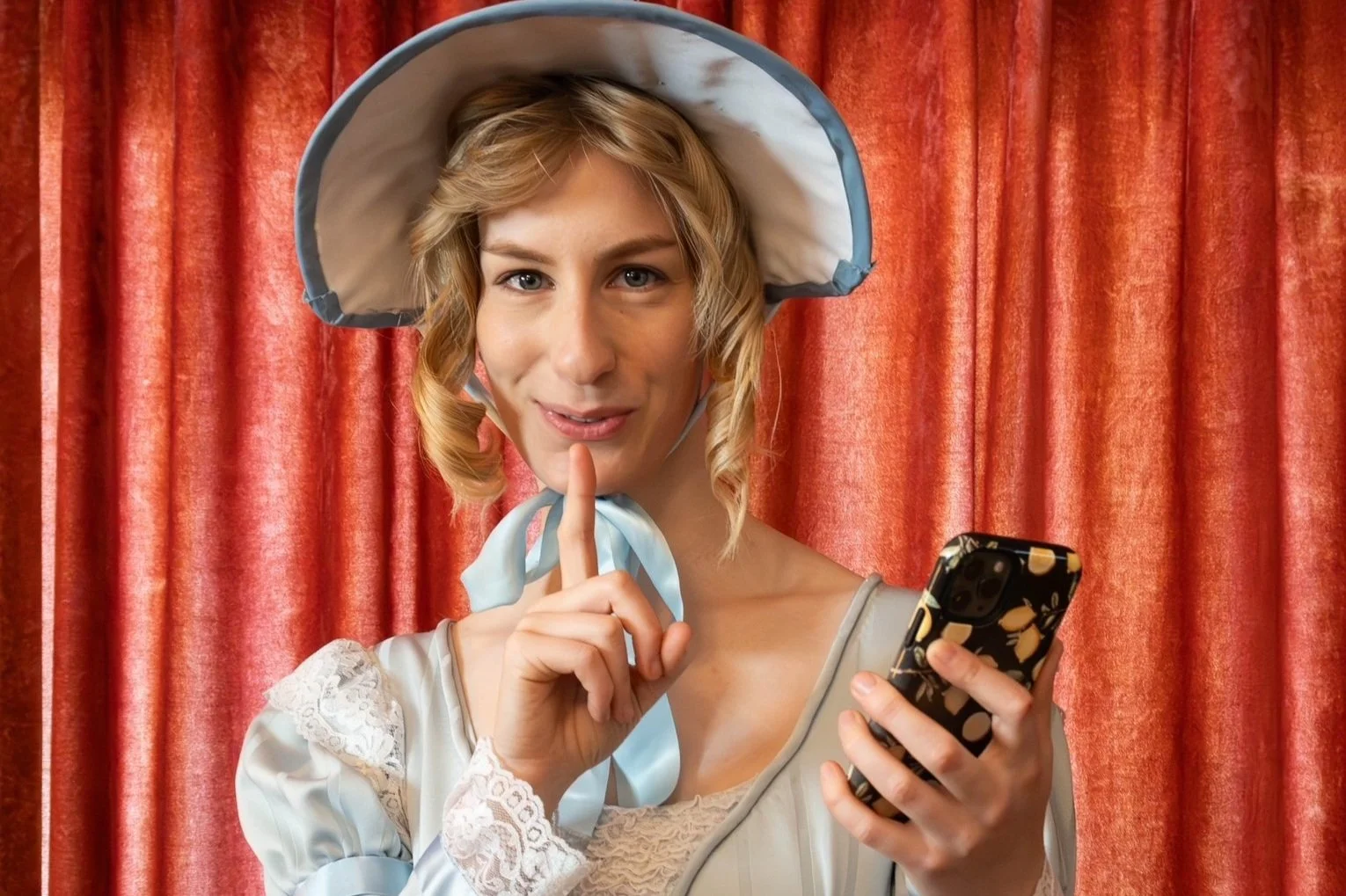Kalabanté grows from the streets and beaches of Guinea to a thriving circus school in Montreal
Founder Yamoussa Bangoura long dreamed of creating his own African-music-fuelled acrobatic productions
The Chan Centre for the Performing Arts presents Kalabanté: Afrique en Cirque on February 24. Performances are sold out
YAMOUSSA BANGOURA translates the name of his Montreal- and Guinea-based company Kalabanté as “a kid who always wants to try something new. He is in front of his friends, the first one to try things.”
It’s a fitting description for the trailblazing circus artist who began tumbling and acrobatics on the sandy shores of Guinea’s capital, Conakry. He worked his way up to companies like Circus Baobab, Circus Eloize, Cirque du Soleil, and Cavalia, and eventually established his own, thriving studio in Montreal. The pandemic has posed huge obstacles to a company that brings in artists from the streets of Guinea and that’s used to travelling the world. But Bangoura and his troupe are finally back on the road, performing a soldout show here tonight with the kind of artistry that wowed crowds in Cavalia’s Odysseo mega-production in Vancouver in 2017.
It’s been a long, exciting journey for a man who’s been driven to pursue acrobatics and aerial feats since seeing circus in his home country as a boy. “People would do all those crazy things in the streets and in the village,” he recalls. “We were really young and we really wanted to do something like that.”
Bangoura started to train, eventually winning a spot in Africa’s first big circus troupe, Circus Baobab, and travelling to Europe, where he was spotted by recruiters for Montreal’s Circus Éloize. They brought him to Canada, where Bangoura, a true “kalabanté”, always kept a larger dream in the back of his mind.
“I came to to Montreal and I was kind of alone,” he relates, adding he missed the uniquely music-fuelled rhythms of African-style acrobatics. “I said, ‘One day I want to make my own circus—with African percussion and drumming.’”
In a now famous story, his fate changed when he was working to make money raising tents for Cavalia’s Montreal show. Creator Norman Latourelle, a founding alumnus of Cirque du Soleil, was starting to conceive a huge new equestrian-meets-circus show when one of Bangoura’s friends recommended Latourelle check out the West African’s acrobatics. Odysseo ended up centring a lot of its show around Bangoura and his friends.
“I said, ‘If you want me, I want my guys from Guinea too,” Bangoura recalls. “He said, ‘Why not?’ And we flew out to Guinea and brought 10 of my guys back.”
After three successful years with that show, Bangoura left to focus on his larger dream of the company, leaving his circus mates with Cavalia.
“I had a feeling in me, where I imagined my music, my choreography in my own way,” says Bangoura, who’s also a musician. “I’m singing myself in the shows. Even when I’m sleeping I’m dreaming about it and it’s stuck in my head: creating my own music and choreography, where circus and drumming and music come together. It’s an energy in my culture: the food we eat, the music we play, the way we drum… We even have storytelling in the show. This African circus: it’s the life we live in Africa. When I go back there, I go fishing, I see people singing, I see the crazy tumblers on the beach, I see the villagers: it’s all there in the show.”
In the dazzling production at the Chan, expect a vibrant parade of 12 dancers, contortionists, gymnasts, and equilibrists, as well as highly skilled musicians—think saxophone, bass, an array of percussion instruments, and the haunting kora (an African harp made from a split calabash), Bangoura’s voice ever rising above a lot of the gravity-defying feats. Moments range from the serene and otherworldly to the heart-pumping, with all the elements coming together to tell a story about stolen dreams, redemption, and the importance of working together as a community.
That last one is something Bangoura lives up to far beyond the stage. A huge part of what the artist does is give back, offering chances for training at a school in Guinea and allowing the most talented of his acrobats the chance to see the world and come to Montreal.
“When I was young I never saw the chance to become a professional artist—that was something you could only see on TV,” he says. “I want to show these kids how people live out there in the world. But I always explain to the guys there, ‘A lot of people here don’t go to school. So if you want to do circus you have to go to school.’ People have to work as a community, as a village, as a country.”














